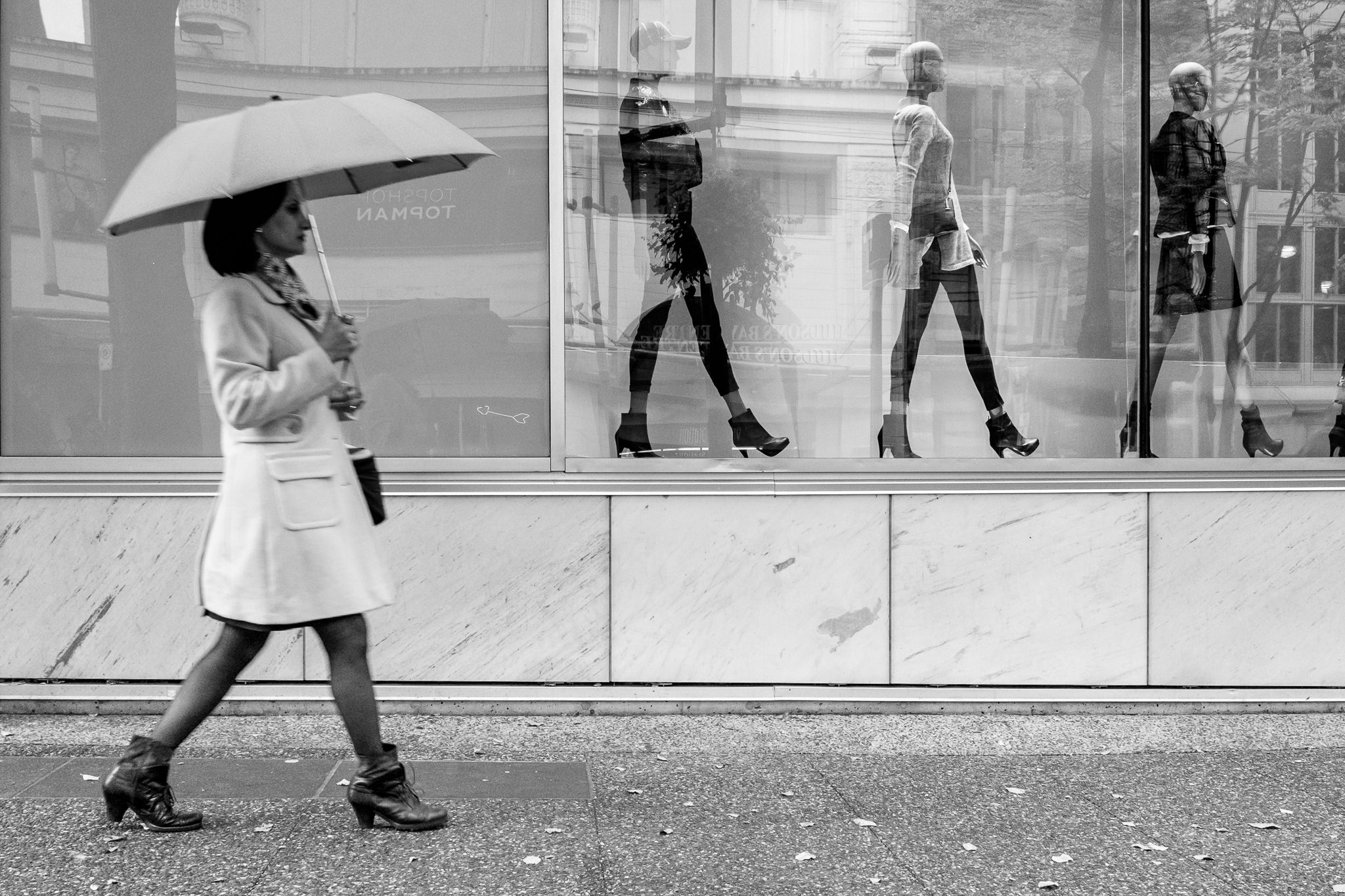The Ultimate Guide To Framing Streets
Unknown Facts About Framing Streets
Table of ContentsWhat Does Framing Streets Do?The Ultimate Guide To Framing StreetsThe 7-Second Trick For Framing StreetsThe Greatest Guide To Framing StreetsGetting My Framing Streets To WorkThings about Framing Streets
Photography category "Crufts Canine Show 1968" by Tony Ray-Jones Road photography (also in some cases called candid digital photography) is digital photography carried out for art or questions that includes unmediated chance experiences and arbitrary incidents within public places, normally with the objective of capturing photos at a definitive or poignant minute by cautious framing and timing. 
All about Framing Streets
Susan Sontag, 1977 Street photography can concentrate on people and their habits in public. In this regard, the street professional photographer resembles social docudrama digital photographers or photographers who additionally operate in public places, however with the goal of catching newsworthy occasions. Any one of these professional photographers' images might catch individuals and residential property visible within or from public areas, which frequently involves browsing moral issues and laws of privacy, protection, and home.
Depictions of daily public life create a genre in almost every period of globe art, starting in the pre-historic, Sumerian, Egyptian and very early Buddhist art periods. Art managing the life of the road, whether within views of cityscapes, or as the dominant concept, shows up in the West in the canon of the North Renaissance, Baroque, Rococo, of Romanticism, Realism, Impressionism and Post-Impressionism.
The Greatest Guide To Framing Streets
Louis Daguerre: "Boulevard du Holy place" (1838 or 1839) In 1838 or 1839 the first picture of figures in the road was videotaped by Louis-Jacques-Mand Daguerre in among a pair of daguerreotype sights drawn from his studio window of the Boulevard du Holy place in Paris. The 2nd, made at the height of the day, reveals an unpopulated stretch of street, while the various other was taken at regarding 8:00 am, and as Beaumont Newhall reports, "The Blvd, so regularly loaded with a moving bunch of pedestrians and carriages was completely solitary, other than an individual that was having his boots cleaned.
His boots and legs were well defined, however he is without body or head, because these were in movement." Charles Ngre, waterseller Charles Ngre. https://pubhtml5.com/homepage/jtdxv/ was the very first professional photographer to achieve the technological class needed to register individuals in motion on the street in Paris in 1851. Digital Photographer John Thomson, a Scotsman dealing with journalist and social lobbyist Adolphe Smith, published Road Life in London in twelve month-to-month installments starting in February 1877
The Best Strategy To Use For Framing Streets
Eugene Atget is pertained to as a progenitor, not due to the fact that he was the first of his kind, however as an outcome of the popularisation in the late 1920s of his document of Parisian streets by Berenice Abbott, who was motivated to undertake a comparable documentation of New York City. [] As the city developed, Atget assisted to promote Parisian streets as a worthy subject for photography.

Some Known Facts About Framing Streets.
Andre Kertesz.'s widely appreciated Images la Sauvette (1952) (the English-language version was titled The Definitive Minute) advertised the idea of taking an image at what he labelled the "definitive moment"; "when form and content, vision and composition merged right into a transcendent whole" - photography presets.
Things about Framing Streets
The recording equipment was 'a surprise electronic camera', a 35 mm Contax hidden below his layer, that was 'strapped to the upper body and connected to a long cable strung down the ideal sleeve'. His work had little modern effect as due to Evans' level of sensitivities regarding the creativity of his project and the personal privacy of his subjects, it was not released until 1966, in the publication Many Are Called, with an straight from the source intro composed by James Agee in 1940.
Helen Levitt, after that a teacher of little ones, connected with Evans in 193839. She recorded the temporal chalk drawings - Sony Camera that belonged to children's street society in New York at the time, in addition to the children that made them. In July 1939, Mo, MA's new photography area consisted of Levitt's work in its inaugural eventRobert Frank's 1958 book,, was substantial; raw and typically out of emphasis, Frank's images questioned traditional digital photography of the time, "challenged all the official guidelines set by Henri Cartier-Bresson and Walker Evans" and "flew in the face of the wholesome pictorialism and wholehearted photojournalism of American magazines like LIFE and Time".